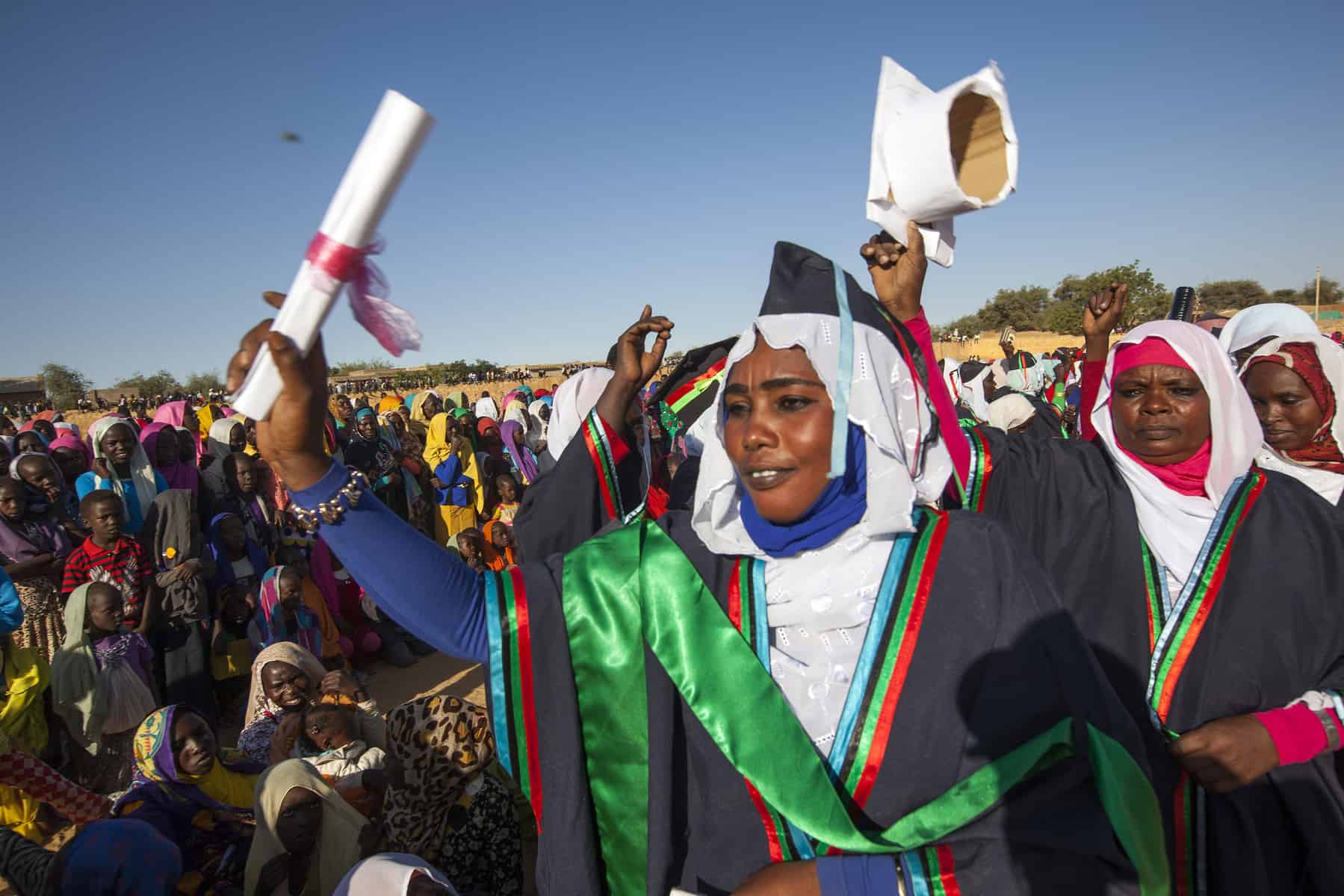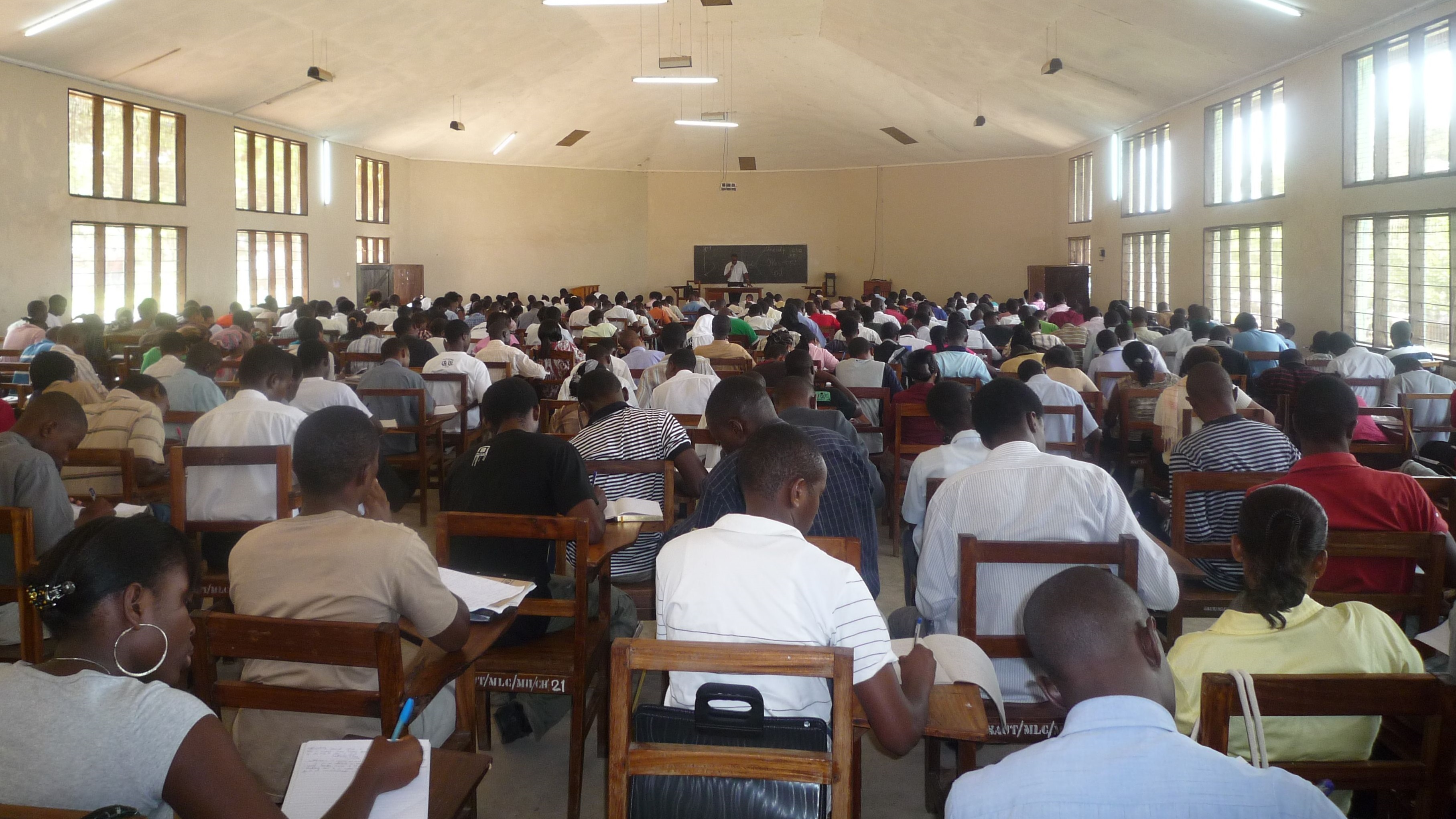What you probably don’t know about higher education in sub-Saharan Africa
By Anne Goujon, IIASA World Population Program
Less than 6% of the working age population has a post-secondary education in sub-Saharan Africa, according to the Wittgenstein Centre Data Explorer. However, there is a huge diversity of experiences in the region: those countries located in Southern and Western Africa have higher shares of highly educated people compared to those in Eastern and Middle Africa.
The potential for increasing education levels is tremendous as there is a huge demand for higher education, partly driven by rapid population growth. The population in the age of attending higher education—18–23 years—is forecasted to increase by 50% from its 2015 level (110 million) by 2035 (183 million), and will have doubled by 2050 to 235 million. The number of colleges and universities in the region has been burgeoning to fulfill the demand. Those are not always of very good quality, whether they are in the public sector or the private, as most are. While regulatory bodies exist to check whether all education providers meet national and international standards, they are not universal.

A 2015 graduation ceremony for the Open University of Sudan. ©Hamid Abdulsalam, UNAMID via Flickr
The expansion of higher education has led to substantial brain drain to Europe, North America, and Australia, because highly educated find better opportunities there for studying and jobs–and better salaries. Researchers have estimated that in some countries such as Eritrea, Ghana, Kenya, Sierra Leone, Somalia, and Uganda, more than a third of the national high-skilled labor force had migrated to OECD countries in 2000. While remittances that these people send home help compensate and reinforce the education in their countries of origin, they do not compensate for the departed skills and knowledge.
These facts about education in sub-Saharan Africa are well-known to education professionals and researchers in the field. But as we show in a new book Higher Education in Africa: Challenges for Development, Mobility and Cooperation, published in January 2017, there are a lot of other aspects of education in the region that are not so well-known and that could provide interesting avenues for further research.
For instance, you probably did not know that the African Union has a higher education harmonization strategy. The general idea is the same as the Bologna process in Europe: enhance the mobility of students by making higher education systems more compatible and by strengthening the quality assurance mechanisms. One chapter by Emnet Tadesse Woldegiorgis, which looks at the process of harmonization of higher education in Sub-Saharan Africa, shows that it follows in the footsteps of the Bologna process mostly because of the involvement of international donors and of the strong links between African universities and European ones.

Students in lecture room at St. Augustine University of Tanzania © Max Haller and Bernadette Mueller Kmet 2009
Many chapters of the book look at the mobility of more highly educated people between Europe and sub-Saharan Africa. This is the case of a chapter by Julia Boger who interviewed graduates from Germany returning to their countries of origin: Ghana and Cameroon. The experiences of those graduates from the two West African countries are radically different: because mainly of their networks, the Ghanaian graduates face less difficulties in finding a job upon return to their country than the Cameroonians.
The last part of the book looks at some cooperation programs that are in place between the North and South (also between the South and the South). Lorenz Probst and colleagues, in their chapter, report about the challenges in implementing a transdisciplinary course in Africa within the context of the rather compartmentalized sectors of higher education in Africa.
The development of higher education could push forward change and innovation, just as much as capacity building in sub-Saharan Africa where it is direly needed.
 Reference
Reference
Goujon, Anne, Max Haller, and Bernadette Müller Kmet. 2017. Higher Education in Africa: Challenges for Development, Mobility and Cooperation. Newcastle upon Tyne, UK: Cambridge Scholars Publishing.
Note: This article gives the views of the author, and not the position of the Nexus blog, nor of the International Institute for Applied Systems Analysis.



You must be logged in to post a comment.